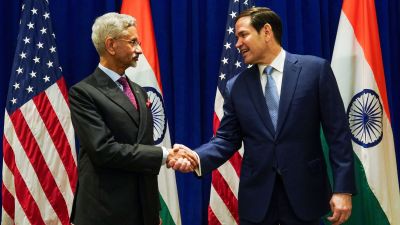Konkan Rly asks Board to reduce "distance inflation"
MUMBAI, September 5: In a bid to woo goods traffic, the Konkan Railway Corporation Limited (KRCL) has put forward a proposal to the Railw...

MUMBAI, September 5: In a bid to woo goods traffic, the Konkan Railway Corporation Limited (KRCL) has put forward a proposal to the Railway Board (RB) to lower the `distance inflation’ for carrying goods, from the current rate of 50 per cent.
Distance inflation refers to the number of kms added to the distance travelled by the goods, with the revenue collected from the extra kms being used for repaying debts. Thus, if a producer sends goods from Ahmedabad to Mangalore covering 1,350 km, he pays the charge for nearly 2,000 km.
The response to KRCL’s efforts to attract goods traffic is yet to pick up, however. “We are hoping that a reduction in this additional charge will act as an incentive to our prospective clients,” said a senior official of the corporation. KRCL claims that the transporters can afford to pay more because of the time saved. “The transporter stands to save 26 hours for transporting the goods from Mumbai to Mangalore, and time is money,” said a senior officer in the corporation’soperations department.
The corporation has a debt liability of nearly Rs 3,000 crore and is making losses to the tune of over Rs 75 lakh every day.
However, the corporation seems to have succeeded in making the RB divert some traffic from the Konkan route. “In a few weeks, agricultural products from northern states like Punjab will be transported to Kerala and Karnataka through the Konkan Railway,” sources said.
Three such goods trains will run through the Konkan route every two days. The Konkan Railway Corporation Limited has had to try and tap traffic moving on the road and sea, since rail traffic between places along the route is negligible. “The traffic scene has been dominated by truckers and shipping lines for decades. We are competing against them,” sources said. The competition seems to be tough, since the cost factor stands heavily against the corporation. “We will not be able to match their prices, but we can score over them in the monsoon when they grind to a halt,” an officialopined.
But for the corporation to break even, it will have to run a minimum of nine goods trains everyday along the route.
“At this rate, we will take nearly three years to reach that stage,” sources said.
Photos


- 01
- 02
- 03
- 04
- 05





























